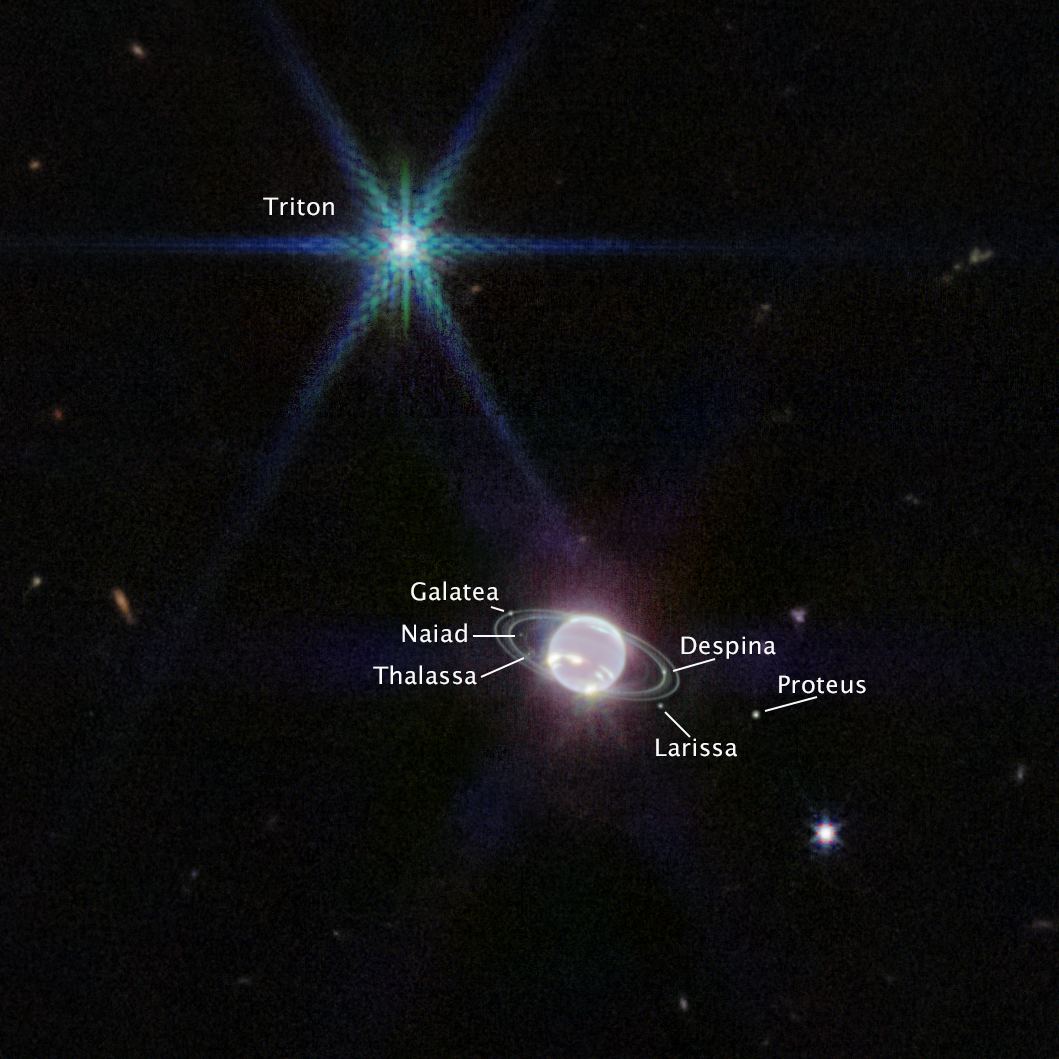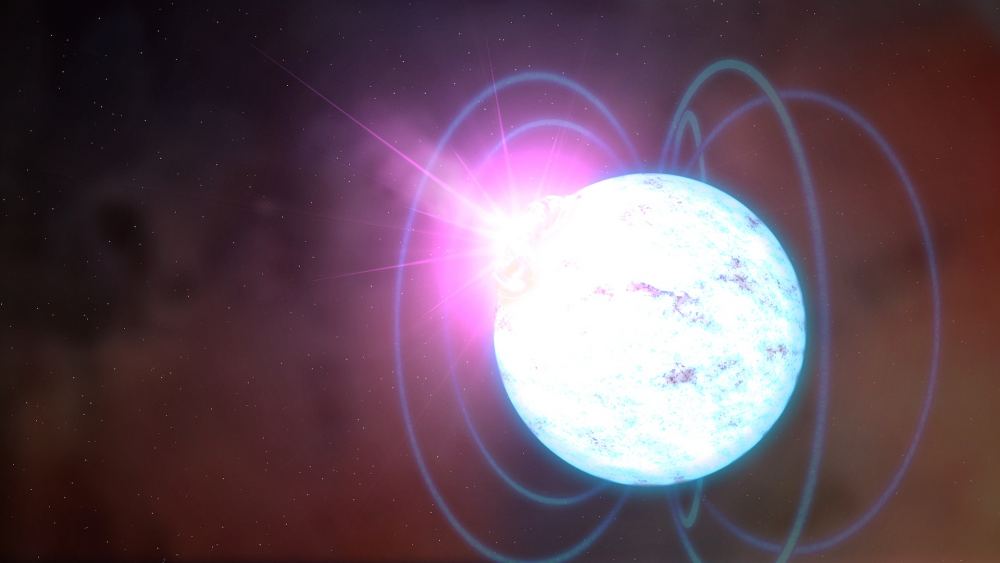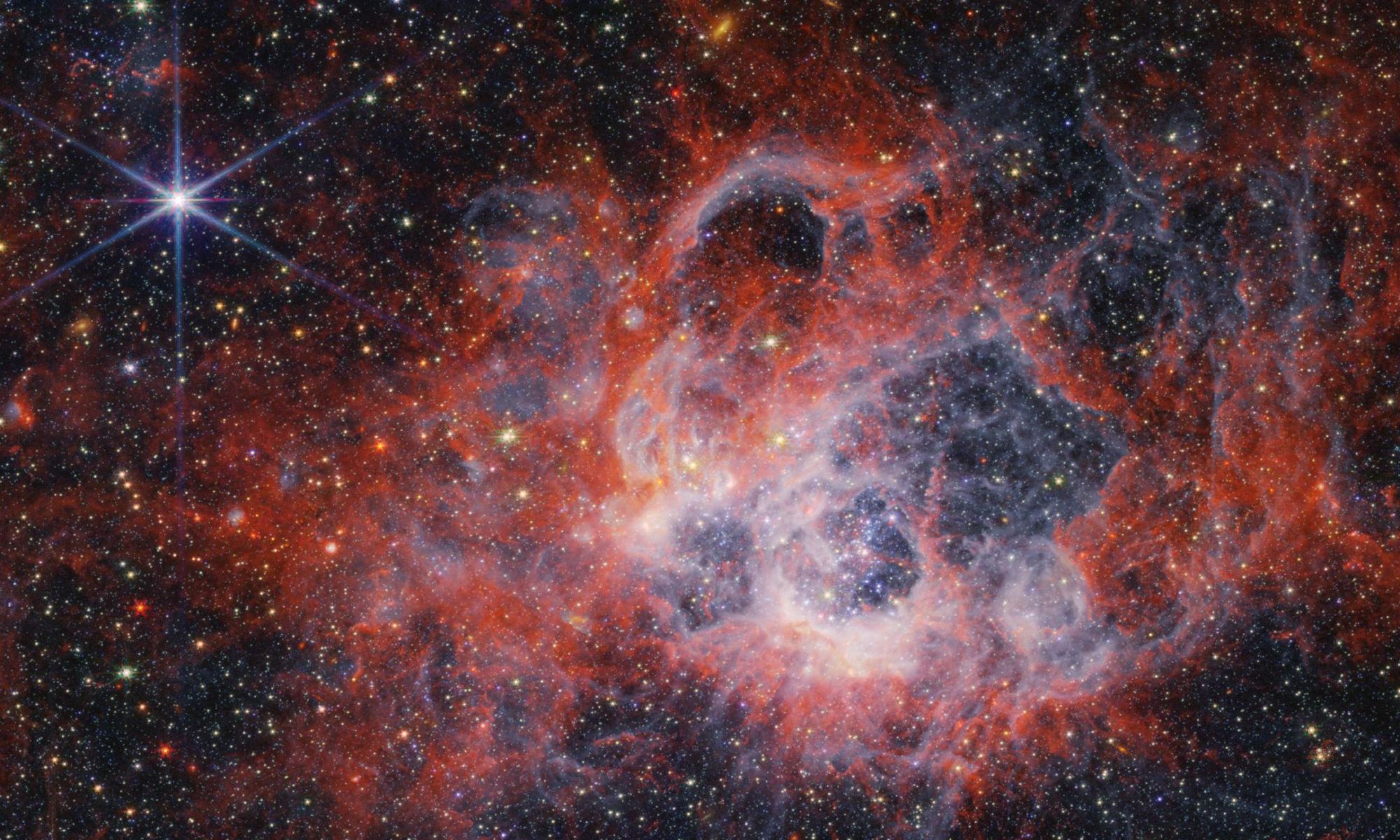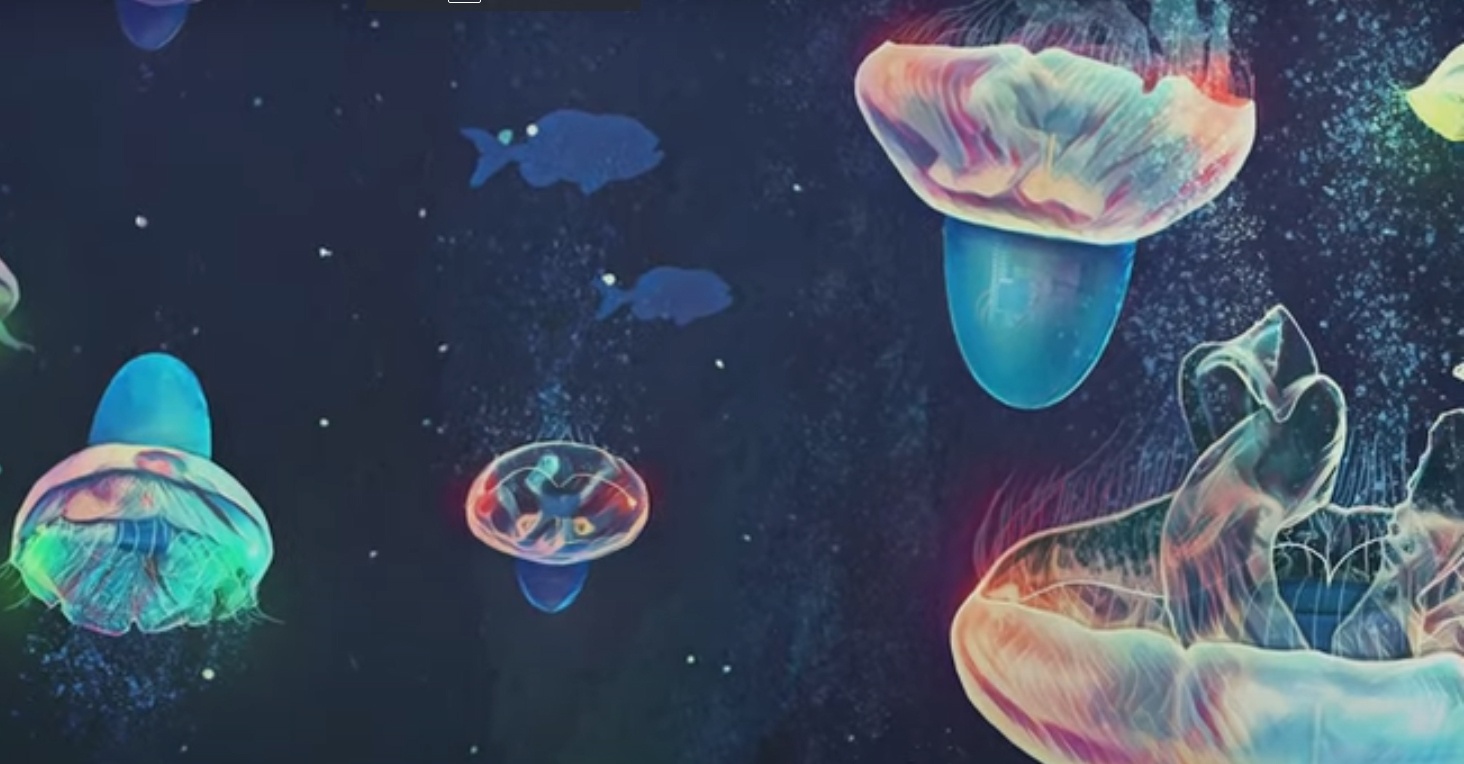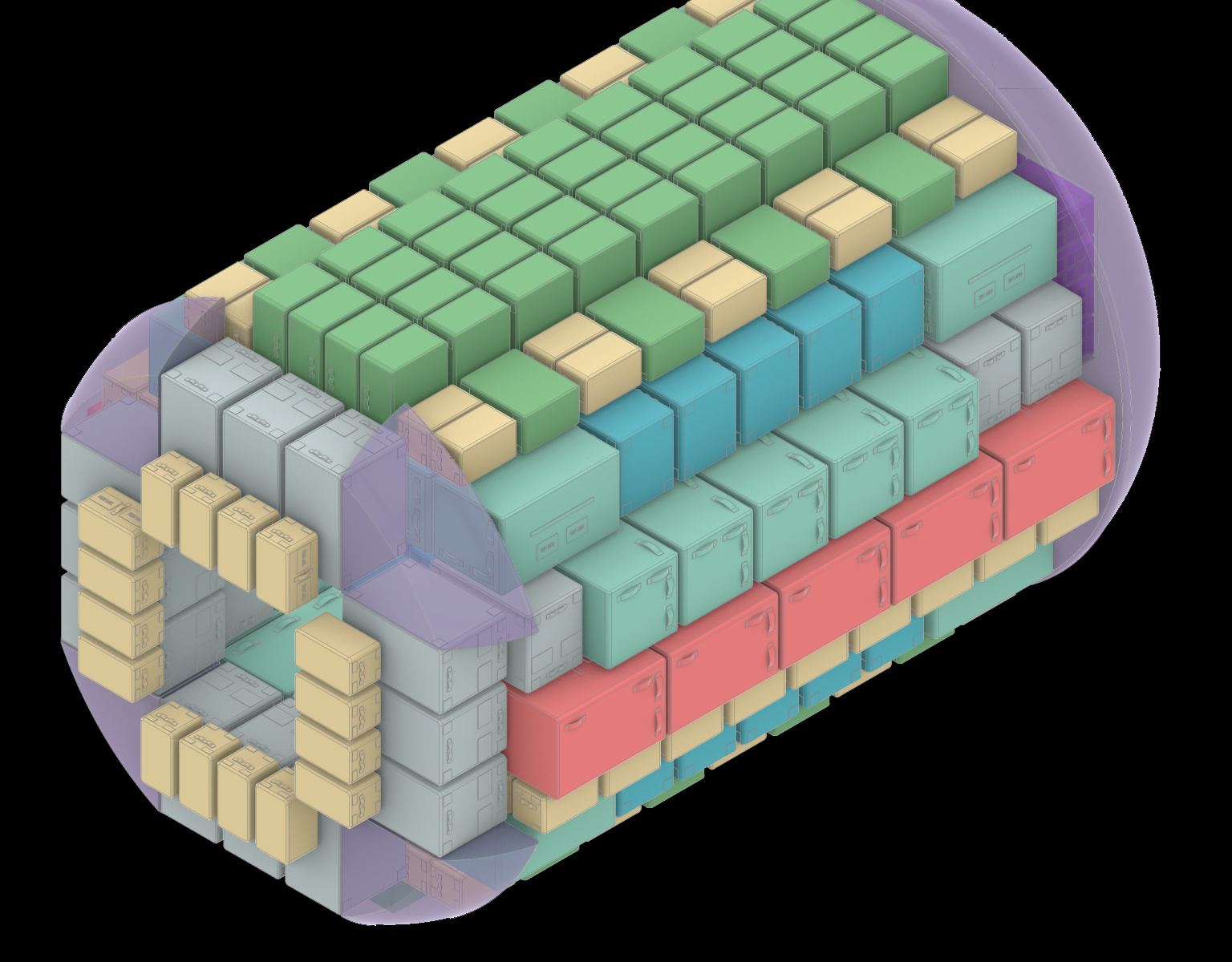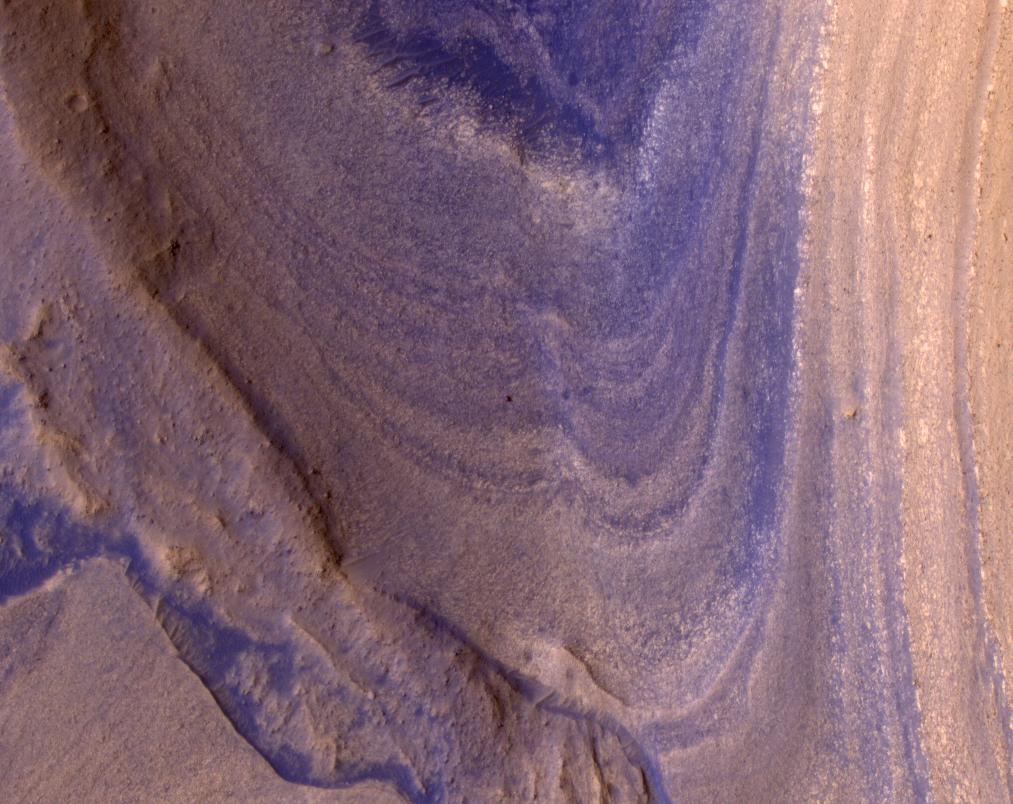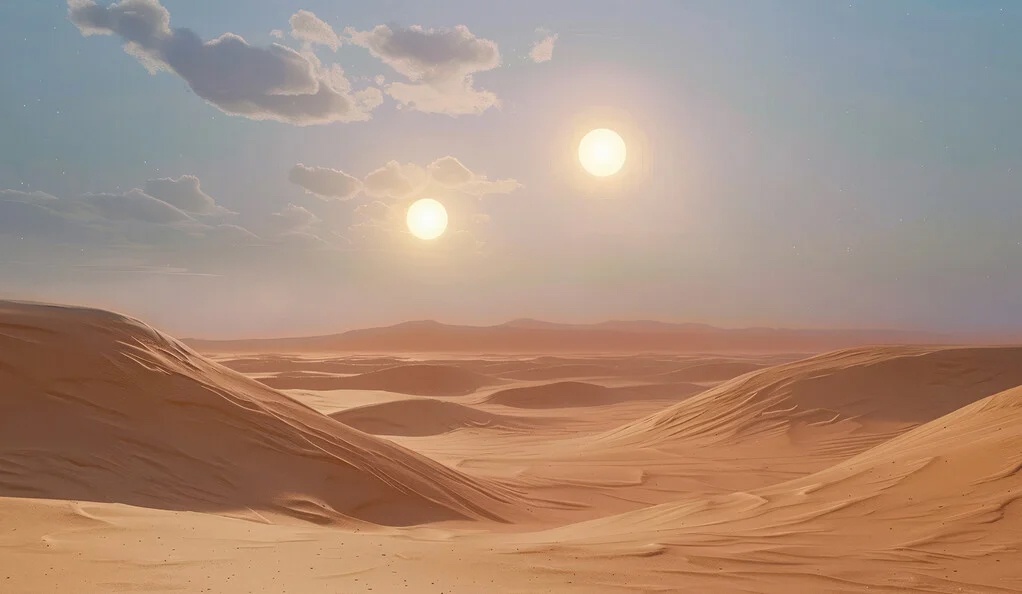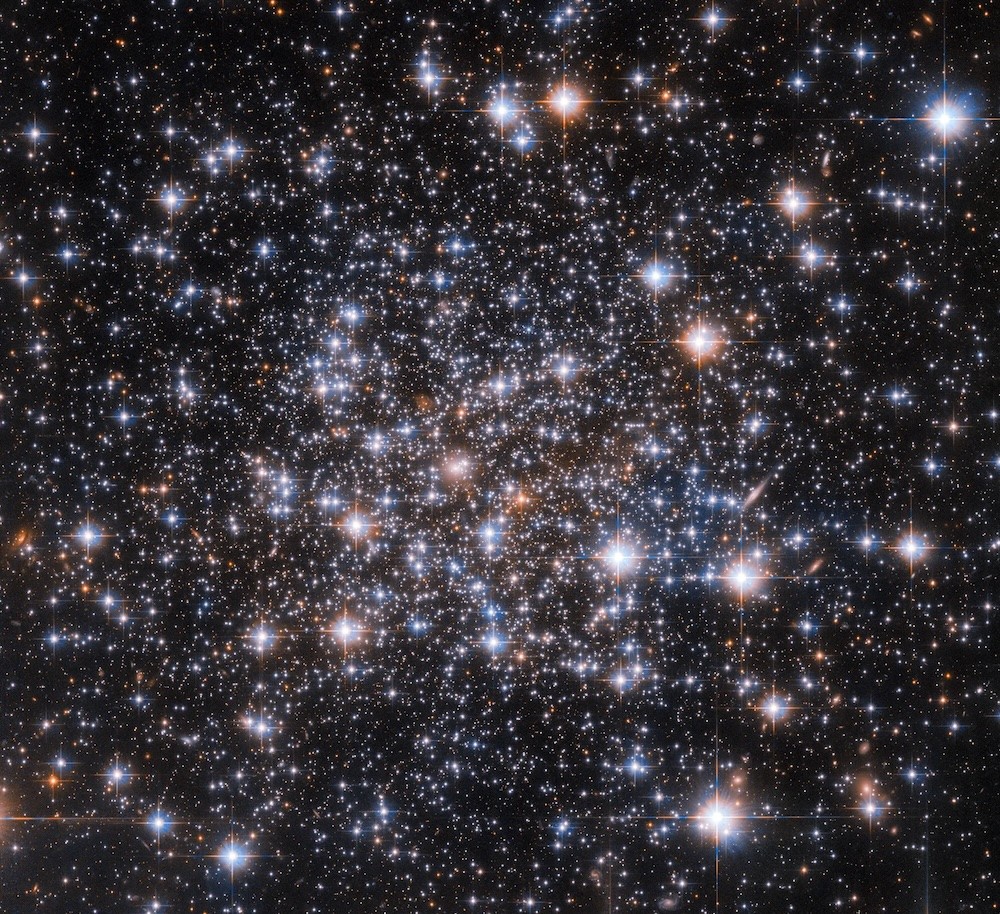A twinset of icy asteroids called Mors-Somnus is giving planetary scientists some clues about the origin and evolution of objects in the Kuiper Belt. JWST studied them during its first cycle of observations and revealed details about their surfaces, which gives hints at their origins. That information may also end up explaining how Neptune got to be the way it is today.
Continue reading “Webb Reveals Secrets of Neptune’s Evolution”Webb Reveals Secrets of Neptune’s Evolution
